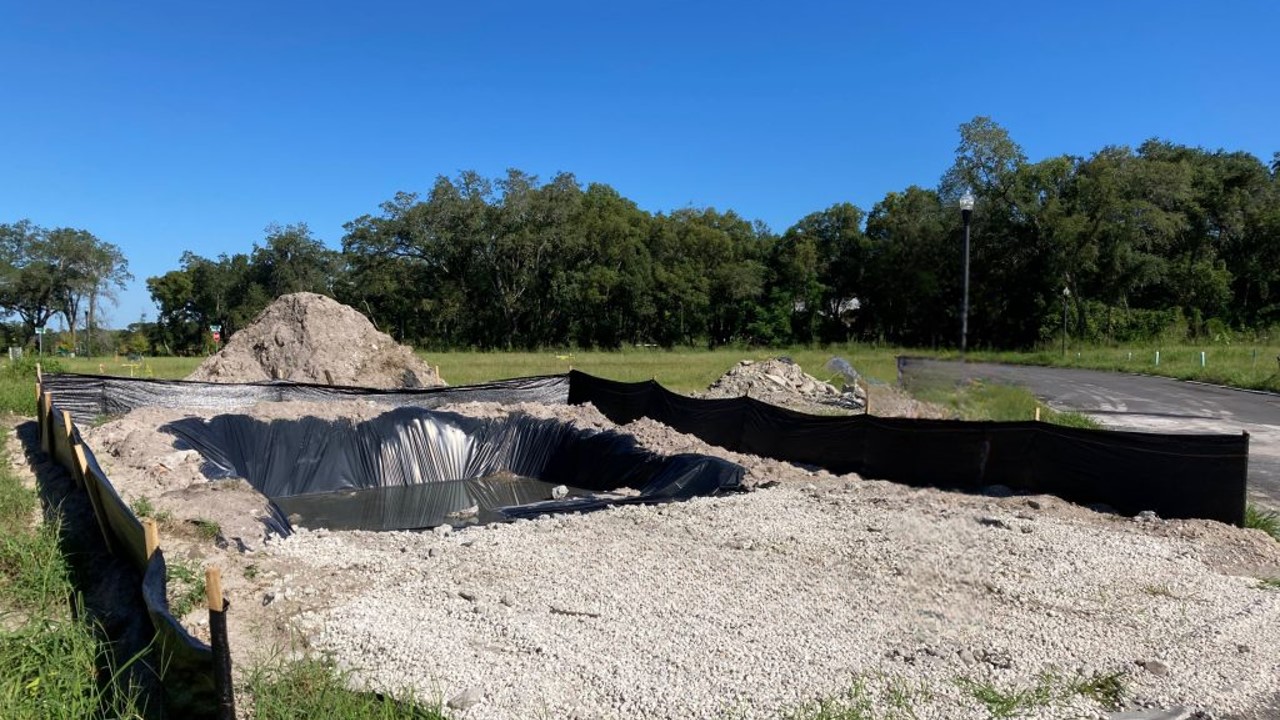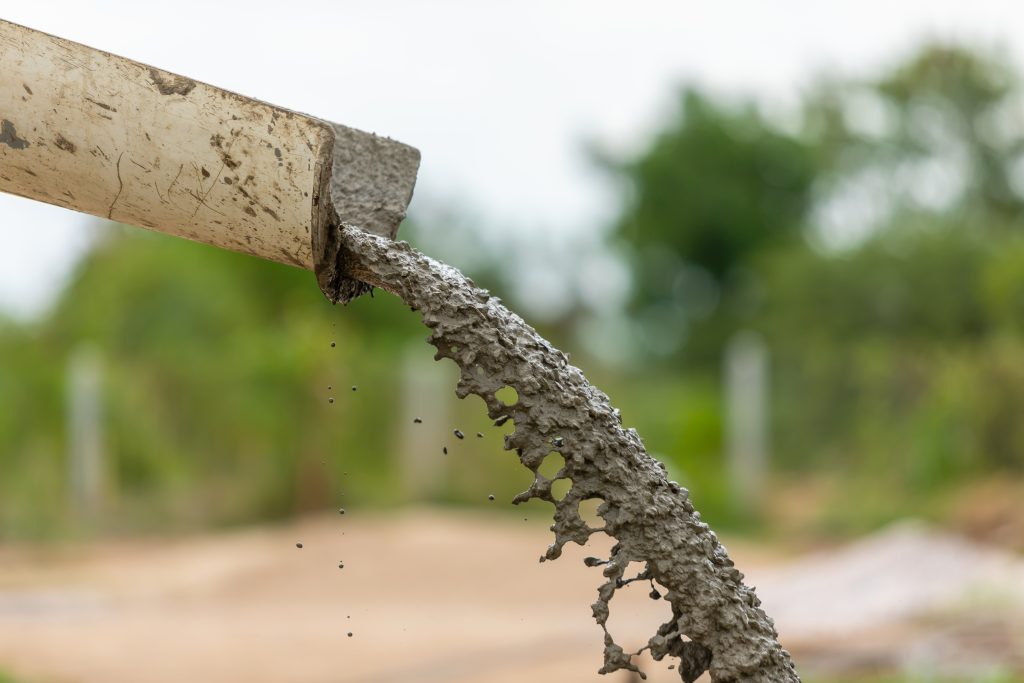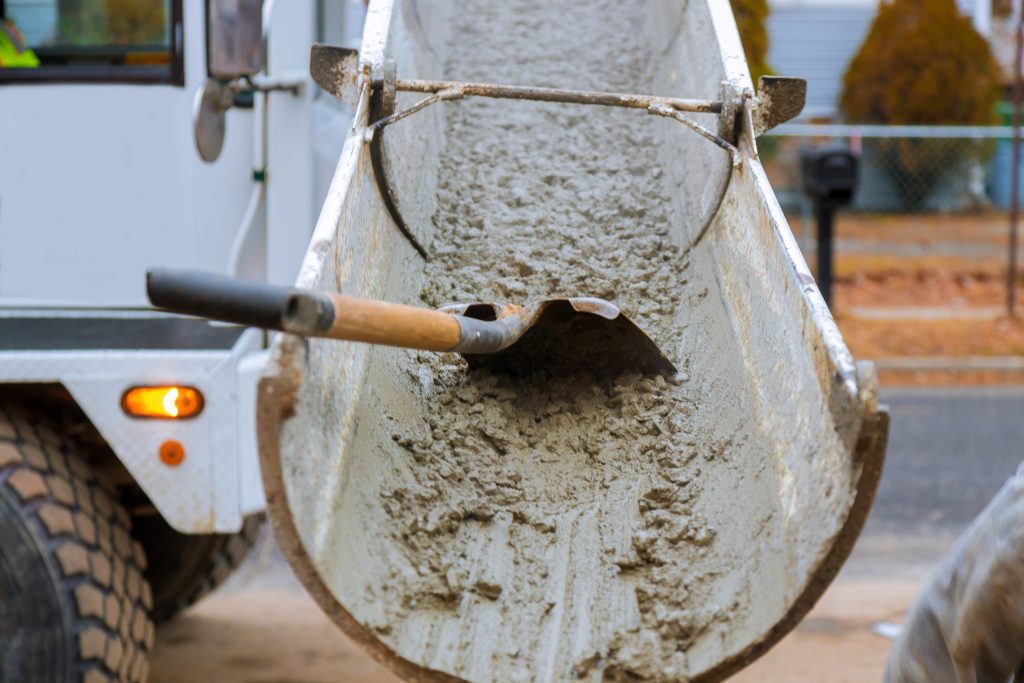
Concrete washouts are designated areas on construction sites where concrete trucks and pumping equipment can safely dispose of leftover concrete materials. These washouts are typically made of large containers or lined pits that are designed to contain and solidify excess concrete, protecting the environment from the negative impacts of concrete waste disposal. Workers and contractors can use these washouts to ensure that unused concrete is properly disposed of and does not contaminate the soil, water, or air around the site.

The washouts act as a barrier between the concrete waste and the environment by capturing and containing the slurry, allowing it to harden into a solid material that can be easily disposed of. By using washouts, construction sites can comply with environmental regulations and avoid costly fines for improper concrete waste management.
Aside from environmental benefits, washouts also offer practical advantages for construction sites. They provide a convenient and efficient way to manage excess concrete, reducing the need for clean-up and minimizing the risk of accidents caused by concrete spills. Additionally, using washouts can help contractors and workers save time and money by avoiding potential delays and expenses associated with dealing with concrete waste.

Overall, washouts are a critical element of any responsible construction site, offering both environmental protection and practical benefits for contractors and workers. By incorporating washouts into their waste management practices, construction sites can help preserve the health and safety of their surrounding communities and ensure the longevity of their projects.
KCI has highly trained field consultants who are ready to perform regular inspections to maximize site compliance and minimize your risk. Call us today 888-346-7779.



